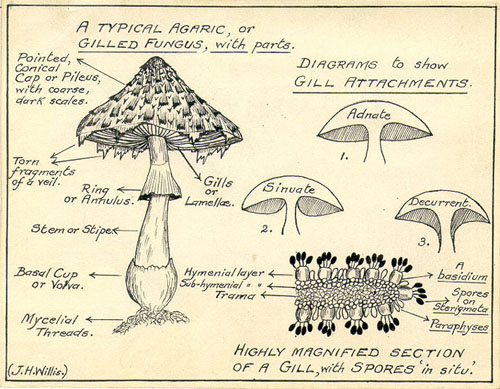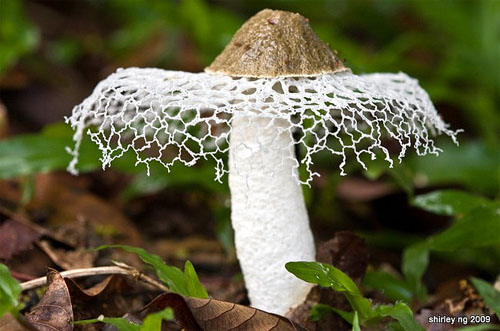#5. IMPROVISED RANDOM GENERATORS
Okay, we started by filling the map with every ounce of creative thought we had. Then we started recklessly stealing everything we could lay our hands on. But we’re still staring at empty hexes. What now?
Now we need to get our creative juices flowing again by rapidly injecting fresh ideas that will break us out of the dried-out box our thinking is currently trapped in. There are a lot of ways to provide this stimuli. A simple one I used was to simply roll on a wilderness encounter table and then combine the result with a treasure generator. For example:
(1) Roll 1d8 to determine a column on the AD&D “Sub-Arctic Conditions” encounter table. I rolled a 6, so the result is “Mountains”.
(2) Roll 1d100 with a result of 65. That’s a giant owl. According to the Monster Manual, giant owls appear in groups of 1d4+1. I roll and generate a group of five owls.
(3) Giant owls have a treasure type of “Q x 5, X”. I roll on those treasure tables and I get 1 miscellaneous magic, 1 potion, and 1 gem. Rolling on the sub-tables I get a black pearl (500 gp), a potion of human control, and an amulet of life protection.
Okay. The hex I’m looking at is in the Old Forest, so let’s try something like this:
N7 – TREE OF THE ELDER OWL
A giant tree, over 80-feet wide at its base and towering several hundred feet in the air. Around the base of the tree are a number of strange carvings, intermixed with primitive pictures of owls.
CALL OF THE OWL: Anyone performing an owl call near the base of the tree will cause a hidden door to open, allowing passage into the hollow center of the trunk.
COUNCIL OF OWLS: Within the tree, four giant owls sit on perches. For an appropriate tribute, these owls can each cast augury once per day.
UPPER EYRIE: For a much larger tribute, the Council will have the supplicant remove their arms and armor. Then one of the owls will clutch them by the shoulders and fly them to the upper eyrie where they will be placed before the Elder Owl.
THE ELDER OWL: The left eye of the Elder Owl has been replaced with a black pearl (500 gp) and he wears an amulet of life protection. The Elder Owl will answer questions as per a commune spell, but he is also completely enamored with physical beauty: If someone of particular beauty (Charisma 16+) presents themselves, he will use his potion of human control in an attempt to enslave them.
Now we can move onto the next hex. Using the same procedure I generate a herd of wooly rhinos. They aren’t interesting, so I skip them and roll again. This time I get a gynosphinx with 4,000 platinum pieces, a potion of plant control, a bag of beans, and wearing a platinum belt studded with six black sapphires (worth 3,000 gp). What do you make of that?
#6. SPIN-OFFS
Regardless of how you’re stocking a hex, you should keep your mind open to other locations that the current hex suggests.
For example, you’ve got a necromancer in a crystalline spire who’s served by a bunch of goblins he’s charmed by writing arcane runes on the inside of their eyelids and then sewing their eyes shut. Where’d he get the goblins from? Maybe there’s a village of them living nearby. They protect a tree that bears a single, bright red fruit each year. The fruit has magical properties and each year the necromancer comes to claim the fruit and take away goblin slaves.
Or you’re keying a grotto that a bunch of bandits are using as a hideout. Turns out these bandits have longbows of remarkably high quality. This is because they’re trading with a one-eyed troll who lives in a cave that can only be accessed through a green crystal which thrusts up through the forest floor: Lay your hand upon the crystal, say the magic password, and the crystal becomes intangible. The troll is a master bowyer.
#7. WALK AWAY
Finally, be willing to walk away from the project and take a break: Watch a TV show. Read a book. Flip through some unrelated game manuals. Power up the PS3.
Give your brain a chance to breathe and your creative batteries a chance to recharge.
This is not, by any stretch of the imagination, a comprehensive catalog or definitive technique for keying a hexcrawl. It’s just what I happened to do while keying the Thracian Hexcrawl.

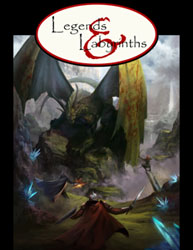 This is not really an update for the status of Legends & Labyrinths because there’s not really anything new that I can discuss right now: The hold-up remains the artwork that was offered as a contributor reward. When the original artist flaked it initiated a series of cascading failures.
This is not really an update for the status of Legends & Labyrinths because there’s not really anything new that I can discuss right now: The hold-up remains the artwork that was offered as a contributor reward. When the original artist flaked it initiated a series of cascading failures.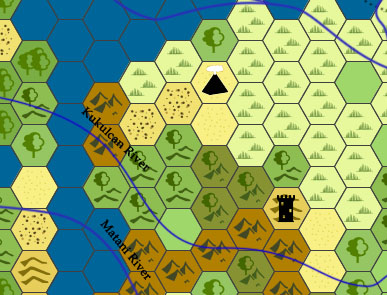 Second, place the home base for the PCs in the center of the map. (This way they can go in any direction without immediately riding off the edge of your prep.)
Second, place the home base for the PCs in the center of the map. (This way they can go in any direction without immediately riding off the edge of your prep.)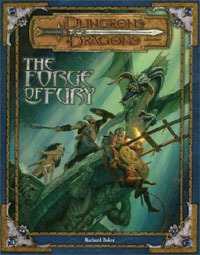
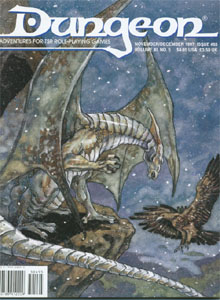 For example, let’s flip open Dungeon #65.
For example, let’s flip open Dungeon #65.